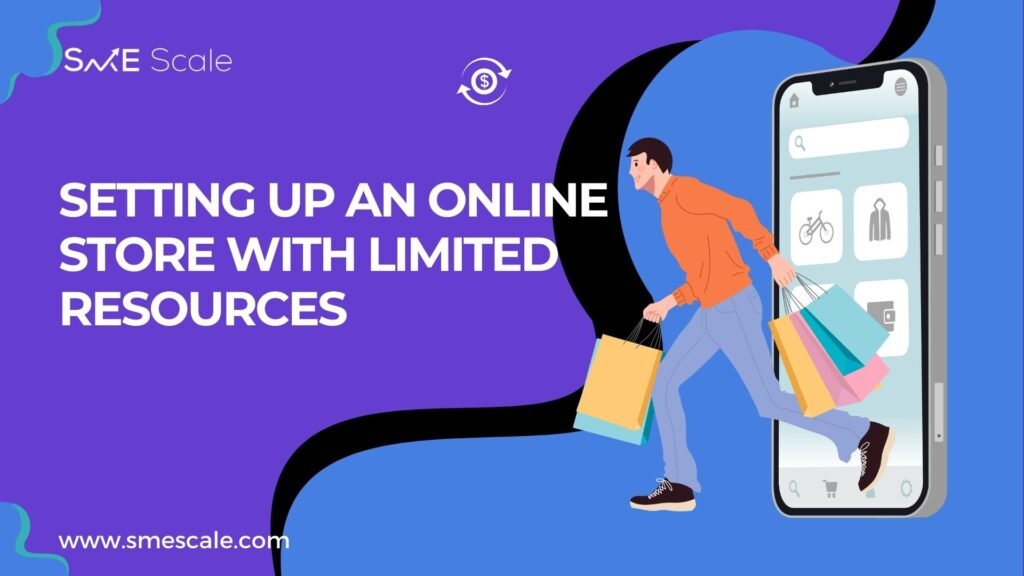
Understanding and addressing customer pain points is one of the most powerful ways to drive sales, especially for small and medium-sized enterprises (SMEs). By recognizing what problems customers face, brands can offer real solutions, create trust, and establish a competitive edge. In this blog, we’ll explore how SMEs can use customer pain points to drive sales, sharing a real-life case study to showcase actionable marketing methods and the psychological principles that make this approach effective.
What Are Customer Pain Points?
Customer pain points are the specific problems or challenges customers experience in their daily lives or work environments. These issues can vary widely, but they generally fall into four main categories:
Financial Pain Points: Customers are spending too much money or are dissatisfied with the ROI of their purchases.
Productivity Pain Points: Inefficiencies in processes or solutions that waste time and resources.
Process Pain Points: Complex, convoluted, or broken processes that cause frustration.
Support Pain Points: Customers lack adequate help or guidance when they encounter issues.
For SMEs, identifying and addressing these pain points not only attracts potential customers but also fosters loyalty and repeat business. By focusing on pain points, SMEs can position themselves as problem-solvers rather than just sellers.
Real-Life Case Study: SME Scale’s Approach to Pain Points
SME Scale, a consultancy dedicated to helping SMEs grow sustainably, demonstrates how addressing customer pain points can drive sales. By leveraging AI-powered insights, SME Scale identifies the challenges small businesses face, from sales optimization to navigating regulatory compliance.
In one instance, SME Scale worked with a small e-commerce business that struggled with declining sales and a lack of customer trust. Through detailed analysis, they uncovered two major pain points for the business’s target audience:
Lack of confidence in product quality due to insufficient product information and unclear return policies.
A frustrating purchase process, where customers found it difficult to navigate the site and reach customer support.
By identifying these pain points, SME Scale crafted a targeted strategy to address them:
Enhanced Transparency: The e-commerce business updated product descriptions, added high-quality images, and implemented a straightforward return policy. This instilled confidence in prospective customers by addressing their concerns about product quality.
Streamlined User Experience: SME Scale revamped the website’s layout, making it easier for customers to find products, get support, and complete purchases. They also implemented a chatbot feature to provide instant support.
Within just a few months, the e-commerce business saw a 30% increase in conversion rates and a 40% reduction in cart abandonment. The strategy’s success lay in effectively identifying and addressing customer pain points.
Steps to Identify and Address Customer Pain Points
1. Conduct Surveys and Feedback Sessions
Ask customers directly about their frustrations with your product or industry. Surveys, focus groups, and one-on-one interviews can offer valuable insights.
2. Analyze Customer Behavior
Track metrics like bounce rates, cart abandonment, and session duration to understand where customers might be experiencing friction.
3. Use AI Tools for Deeper Insights
AI tools, like those offered by SME Scale, analyze customer data to detect patterns that reveal pain points. With AI-powered insights, SMEs can identify trends and optimize business processes for improved customer satisfaction.
4. Address Pain Points Through Content Marketing
Blog posts, FAQs, and guides that address common issues can reassure potential customers. If customers frequently ask about returns, create clear, accessible content on your site that addresses this concern.
5. Offer Solutions Through Product Development
Pain points often reveal gaps in the market. Use them to refine your offerings or create new products that solve specific issues, like introducing flexible return policies or loyalty programs.
The Psychology Behind Pain Points: Why This Strategy Works
From a psychological perspective, customers are more likely to act when they feel understood. By addressing pain points, SMEs show empathy, positioning themselves as partners rather than profit-driven entities. This approach plays on several psychological principles:
Reciprocity: When customers feel understood and supported, they are more likely to reciprocate by making a purchase.
Authority: By openly discussing common problems and their solutions, your business demonstrates expertise. This increases customer trust, as they perceive your brand as a credible authority.
Emotional Triggers: Addressing pain points taps into customers’ emotions, making them feel acknowledged and valued. Emotional engagement often leads to stronger brand loyalty and higher conversion rates.
Putting It into Practice: SME Scale’s Pain-Point-Driven Marketing Strategy
For SMEs looking to grow, it’s critical to put a plan into action:
Step 1: Map Out Customer Journeys – Identify where pain points arise in the customer journey. This could be during the discovery, purchase, or post-purchase phases.
Step 2: Craft Targeted Campaigns – Create marketing campaigns that directly address these pain points. If a pain point is “difficult onboarding,” consider an email series that simplifies the onboarding process.
Step 3: Monitor and Adapt – Regularly assess the effectiveness of your pain-point-driven strategy. Use feedback and analytics to refine your approach continually.
Conclusion: Turn Pain Points into Sales Drivers
Using customer pain points to drive sales isn’t just a trend; it’s a deeply effective strategy rooted in psychology and data-driven insights. By following the steps outlined and learning from real-life examples like SME Scale, SMEs can create meaningful, lasting connections with their customers.
Investing in understanding and addressing customer pain points will empower your SME to grow sustainably, improve customer satisfaction, and boost sales. For SMEs ready to take the next step, consider partnering with experts like SME Scale to leverage AI-powered insights and create targeted strategies that address the core challenges of your customer base.

